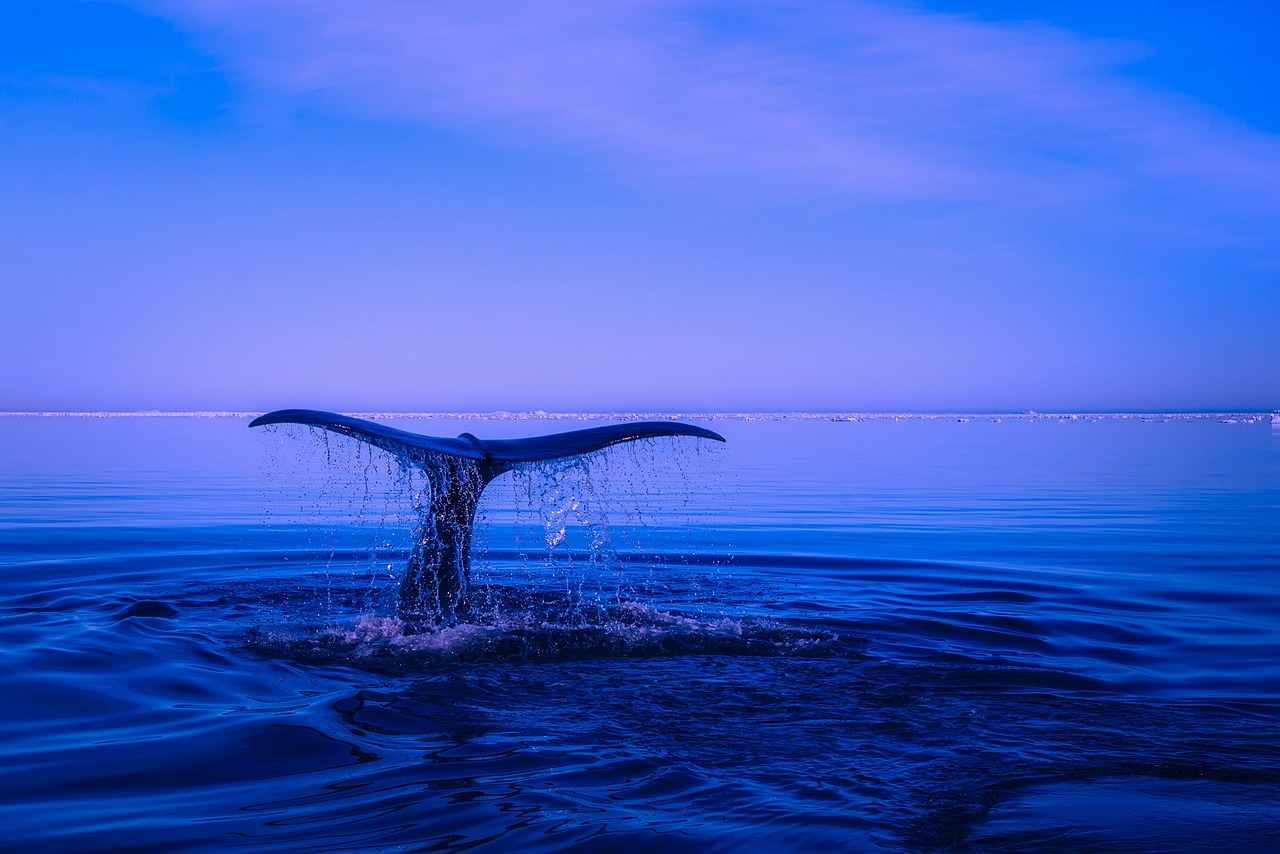Bowhead whale, or balaena mysticetus, “live two human lifetimes”. Scientific studies proved this old saying, dating a maximum lifespan exceeding over 200 years.
But an increased number of cells and cell divisions in larger organisms might be expected to contribute to increased cancer incidence and shorter lifespans….
The apparent contradiction between expected and observed cancer rates in relation to species body mass has been noted for decades. It is theorized to result from compensatory evolutionary adaptations driven by reduced extrinsic mortality in larger species [1].
To remain alive for so long these animals must possess uniquely potent genetic mechanisms to prevent cancer and other age-related diseases.

While previous studies have identified copy number expansion and functional diversification of multiple tumor suppressor genes in elephant, this recent study [1] (in preprint) suggests that one promising mechanism that could help explain both cancer resistance and slower aging in long-lived mammals is more accurate or efficient DNA repair.
The authors show that bowhead whale cells are not more prone to apoptosis and require fewer genetic hits for malignant transformation than human cells. Instead, the bowhead whale relies on more accurate and efficient DNA double strand break (DSB) repair mediated by CIRBP and RPA2 proteins. This more “conservative” strategy that does not needlessly eliminate cells but repairs them may be critical for the long and cancer-free lifespan of the bowhead whale.
Efficient repair of DSBs is particularly important for permanently post-mitotic cells like neurons and cardiomyocytes, which often are not replaced after cell death. Ultimately, the value of DSB repair to an organism’s survival is a function of both accuracy and efficiency. Upon excessive damage, it is often better for organismal survival and longevity to eliminate
cells at risk of genomic instability through apoptosis or senescence.
But there is substantial evidence for harmful paracrine effects of senescence through the pro-inflammatory SASP (senescence-associated secretory phenotype). The study demonstrates that bowhead whale has reduced inflammatory components of the SASP, which could reduce the negative impact of senescence.
Bowhead whale have evolved improved DNA repair probably because tumor suppressors, apoptosis, and senescence all appear to pose costs to the organism. Simply shifting the balance from apoptosis/senescence to survival and repair could be detrimental if not also coupled with increased fidelity, as evidenced by the frequent upregulation of DNA repair pathways in cancer cells.
However, evolutionary improvements that couple high efficiency with high fidelity, as
found in the bowhead whale, would promote long-term tissue function and maintenance at both the cellular and genomic levels.

One potential drawback of a very accurate DNA repair system is a reduction in diversity and slower rate of evolution of new traits. However, species living in safe and stable environments have no evolutionary pressure to rapidly evolve new adaptations.
Furthermore, an evolution of constitutively high CIRBP expression in the bowhead whale has been observed and it is likely to have been driven, at least in part, by the unique physiological stresses this Arctic cetacean must endure. That increased CIRBP expression may contribute to health benefits by facilitating DNA repair.
Therapeutics based on increasing the activity or abundance of proteins like CIRBP or RPA2 could one day enable the treatment of genome instability as a modifiable disease risk factor.
[1] Preprint: https://doi.org/10.1101/2023.05.07.539748 – DNA repair and anti-cancer mechanisms in the 1 longest-living mammal: the bowhead whale; Denis Firsanov, Max Zacher, Xiao Tian, Yang Zhao, John C. George, Todd L. Sformo, Greg Tombline, Seyed Ali Biashad, Abbey Gilman, Nicholas Hamilton, Avnee Patel, Maggie Straight, Minseon Lee, J. Yuyang Lu, Ena Haseljic, Alyssa Williams, Nalani Miller, Vadim N. Gladyshev, Zhengdong Zhang, Jan Vijg, Andrei Seluanov, Vera Gorbunova.





